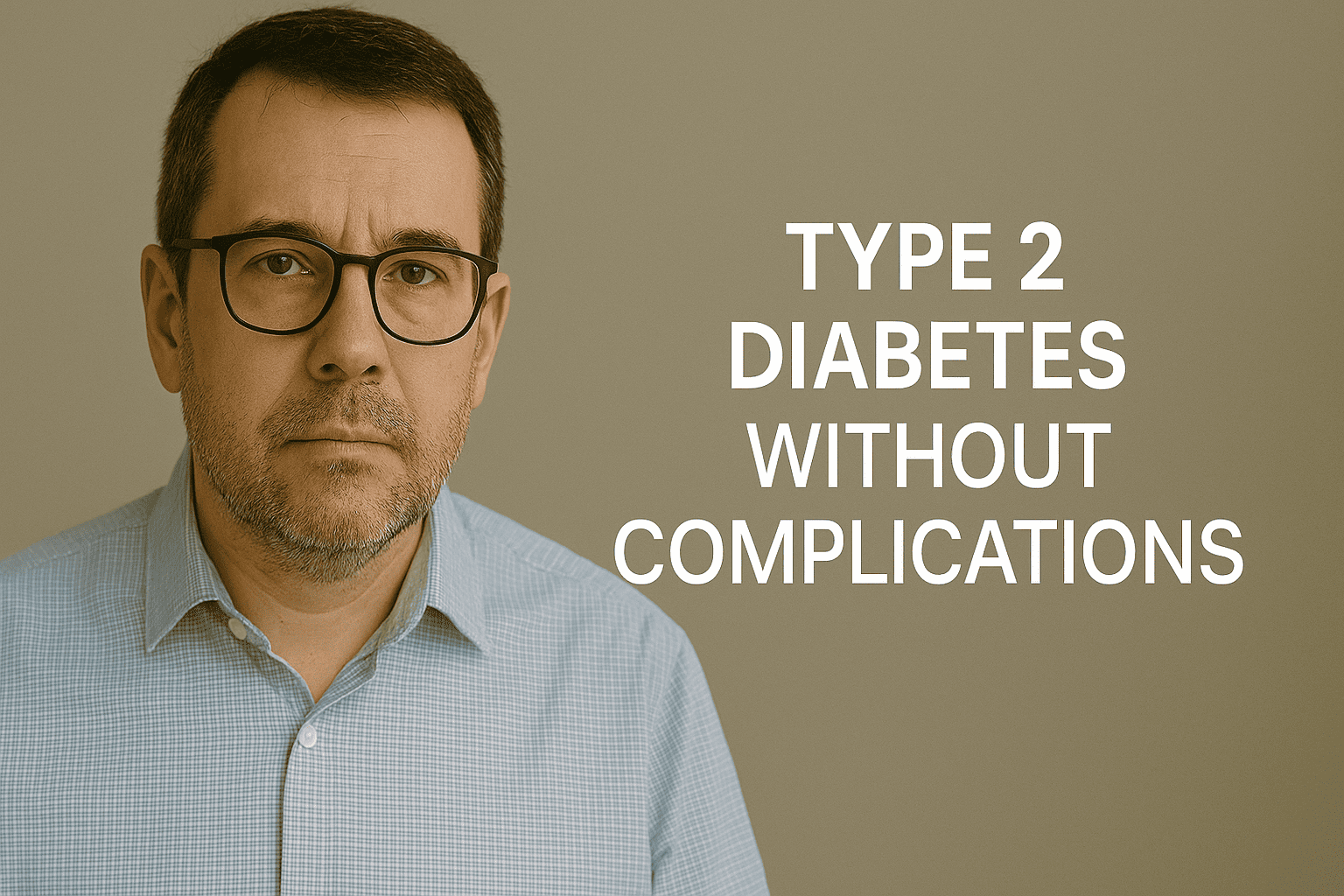Updated on: July 26, 2025
Type 2 Diabetes Mellitus (T2DM) is a chronic condition marked by insulin resistance and elevated blood glucose levels. The ICD-10 code E11.9 is used for patients with diagnosed T2DM who have no current or documented complications, such as nephropathy, neuropathy, retinopathy, or ulcers.
This guide helps clinicians code, document, and manage uncomplicated Type 2 diabetes, with tips for medication management, preventive counseling, and billing compliance.
When to Use ICD-10 Code E11.9
Use E11.9 when:
-
The patient has a confirmed diagnosis of Type 2 diabetes
-
No acute or chronic complications are present or documented
-
The visit is for routine diabetes management, medication adjustment, or monitoring
-
The patient is stable, with or without pharmacologic therapy
Even if the diabetes is well-controlled, E11.9 remains valid as long as the diagnosis is known and under management.
Key Clinical Criteria
-
HbA1c ≥ 6.5%, fasting glucose ≥ 126 mg/dL, or random glucose ≥ 200 mg/dL with symptoms
-
No signs of retinopathy, neuropathy, foot ulcers, or renal impairment
-
Patient may or may not be on insulin or oral hypoglycemics
-
No documentation of hyperglycemic crisis, infection, or tissue damage
Clinical Examples of E11.9 Use
| Scenario | Use E11.9? | Notes |
|---|---|---|
| Patient on metformin with stable A1c | ✅ Yes | Routine visit or refill |
| Lifestyle-controlled diabetes, diet only | ✅ Yes | Still a valid E11.9 diagnosis |
| Diabetes with CKD stage 3 | ❌ No | Use E11.22 + N18.3 |
| Diabetes with peripheral neuropathy | ❌ No | Use E11.40 or E11.42 |
| Patient with new foot ulcer | ❌ No | Use E11.621 + L97.x |
Documenting E11.9 Accurately
Your clinical note should include:
-
Date of diabetes diagnosis (if known)
-
Current medications (metformin, insulin, GLP-1s, etc.)
-
Most recent HbA1c and fasting glucose
-
Lifestyle recommendations given (diet, exercise)
-
Plan for labs, follow-up, or medication changes
Sample Note:
“Patient with Type 2 diabetes, diagnosed in 2019. Currently on metformin 1000 mg BID. A1c today 6.8%. No evidence of neuropathy or retinopathy. No complications. Diagnosis: Type 2 diabetes mellitus without complications (E11.9). Plan: Continue current regimen, reassess in 3 months.”
SOAP Note Example – E11.9
-
S: “Feeling well, here for diabetes check-up.”
-
O: BP 132/80, A1c 7.0, glucose 110, BMI 29
-
A: Type 2 DM without complications (E11.9)
-
P: Continue metformin; reinforce low-carb diet; labs in 3 months
Medications for Type 2 Diabetes
| Class | Examples | Notes |
|---|---|---|
| Biguanides | Metformin | First-line; improves insulin sensitivity |
| SGLT2 Inhibitors | Empagliflozin, Dapagliflozin | Also offers cardiac and renal benefits |
| GLP-1 Receptor Agonists | Semaglutide, Liraglutide | Promote weight loss; weekly injectable |
| Sulfonylureas | Glipizide, Glyburide | Increased hypoglycemia risk |
| DPP-4 Inhibitors | Sitagliptin, Saxagliptin | Moderate efficacy, low side effects |
| Insulin | Basal or bolus regimens | Needed for some advanced or uncontrolled cases |
Lifestyle Counseling to Include
Document patient education and lifestyle modification such as:
-
Carbohydrate counting and portion control
-
Exercise (150 minutes/week minimum)
-
Weight loss goals (5–10%)
-
Blood glucose monitoring
-
Smoking cessation if applicable
📝 Consider adding Z71.3 – Dietary counseling and surveillance or Z71.89 – Other specified counseling to support documentation.
When Not to Use E11.9
| Scenario | Use Instead |
|---|---|
| Diabetes with eye disease | E11.3x series |
| Diabetes with kidney disease | E11.2x + N18.x |
| Diabetes with foot ulcer | E11.621 + L97.x |
| Diabetes with DKA | E11.10 |
| Type 1 diabetes | E10.9 or other E10.x |
Common Secondary Codes With E11.9
| Situation | ICD-10 Code |
|---|---|
| Insulin use | Z79.4 |
| Long-term oral hypoglycemic use | Z79.84 |
| Hyperlipidemia | E78.5 |
| Obesity | E66.9 |
| Tobacco use | Z72.0 / F17.2x |
| Routine diabetic screening | Z13.1 |
Preventive Care Considerations
Be sure to document referrals and routine checks:
-
Annual eye exam (Z01.00 / Z13.5)
-
Diabetic foot exam (Z13.89)
-
A1c every 3–6 months
-
Microalbuminuria screening
-
Flu and pneumococcal vaccination
FAQs
Is E11.9 billable if the diabetes is controlled?
Yes. Even if the condition is well-managed, E11.9 is used to reflect the ongoing diagnosis of Type 2 diabetes under treatment.
Can I use E11.9 if patient is only on lifestyle modifications?
Absolutely. Diagnosis and management do not require medication; lifestyle-controlled diabetes still qualifies.
Can E11.9 be used in annual wellness visits?
Yes. If T2DM is a chronic condition being monitored or discussed, E11.9 should be listed in the diagnosis section.
Make Diabetes Documentation Seamless with DocScrib
DocScrib enables:
✅ Instant ICD-10 code suggestions based on labs, meds, and SOAP note entries
✅ Automatic tracking of A1c values and diabetic medication history
✅ Seamless integration of diabetic foot, eye, and kidney screening templates
✅ One-click documentation for lifestyle counseling and preventive care
🎯 Book your free DocScrib demo and take the stress out of chronic care documentation.
Conclusion
ICD-10 Code E11.9 – Type 2 Diabetes Mellitus Without Complications is a core diagnosis in modern primary care. With proper documentation of labs, meds, and lifestyle interventions, clinicians can ensure accurate billing, optimized outcomes, and audit-ready records. Tools like DocScrib enhance clarity and efficiency every step of the way.
